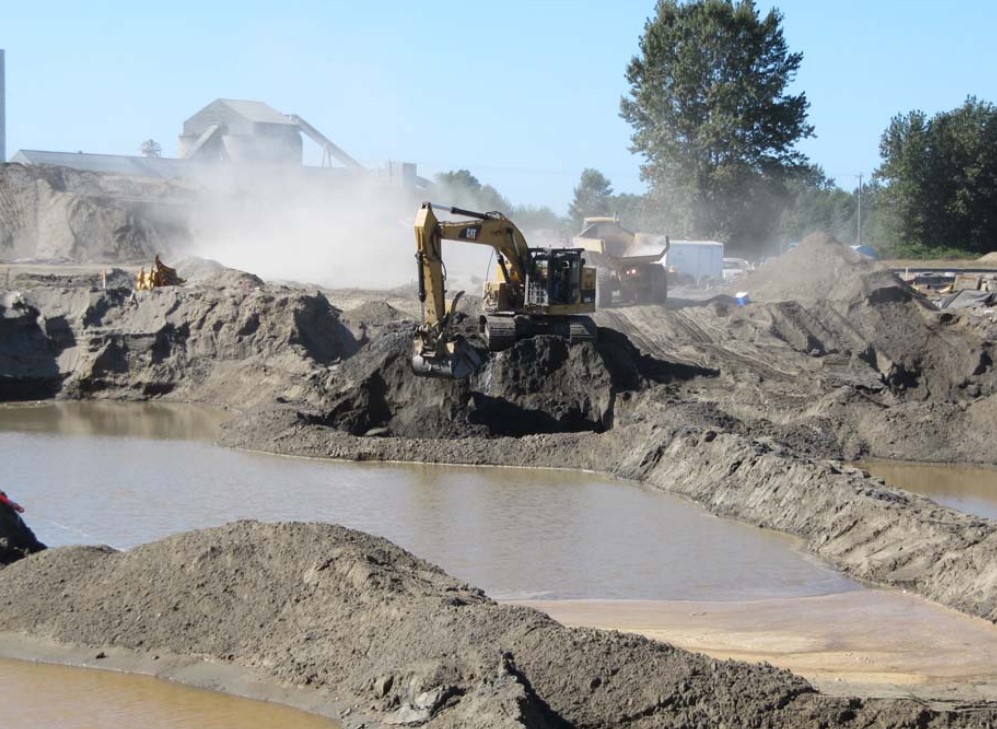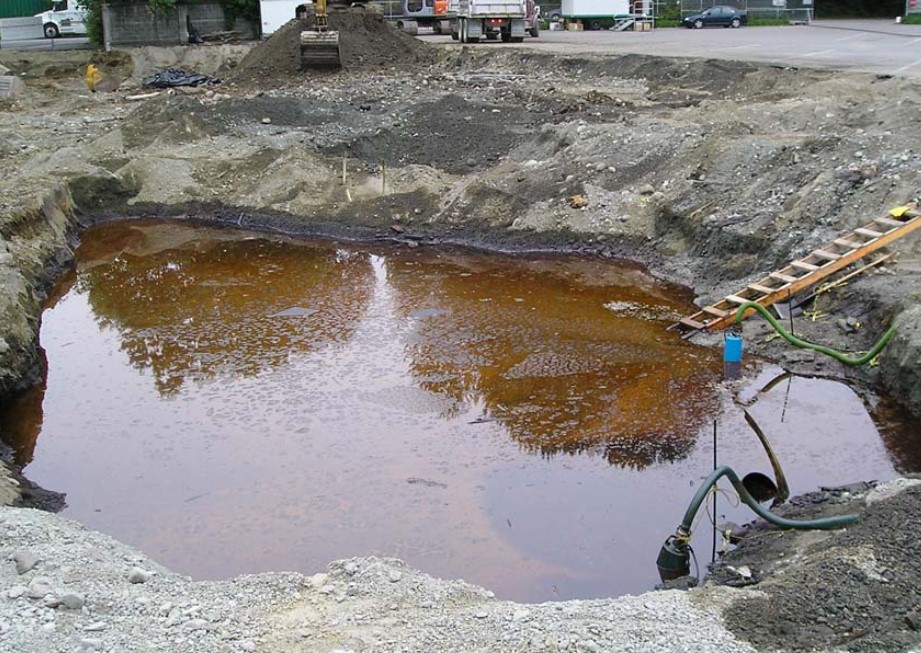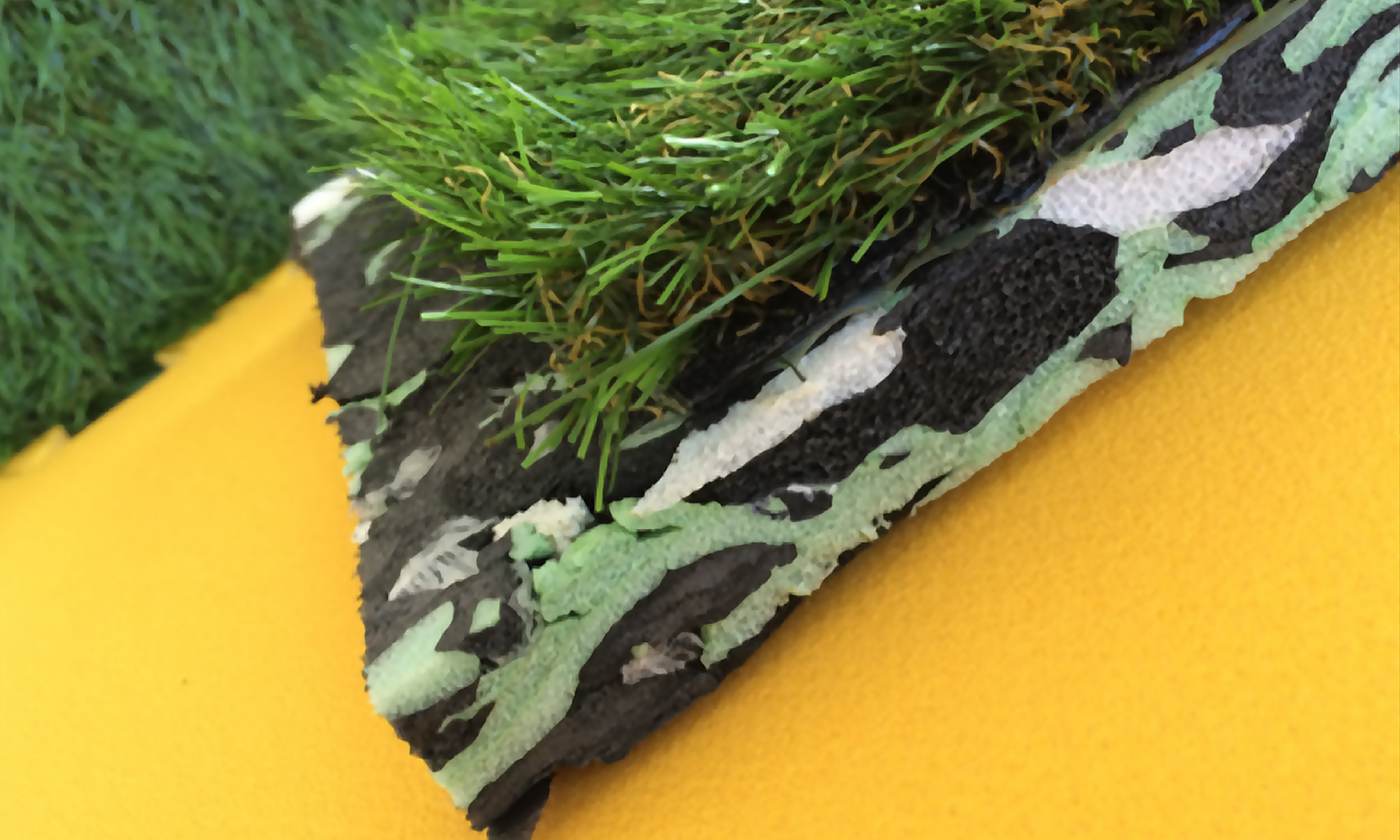
Excavated Soil Classification
Excavated soil has many properties. Whether you are excavating for a home or business, you need to know what type you are dealing with. Here are some of the main types, as well as how they are classified. Once you know what type you are dealing with, you can decide how to use it.
Types
Excavated soil can be classified into three general types. Type A soil is cohesive and strong, with an unconfined compressive strength of 1.5 tons per square foot or more. It can be composed of clay, silt, sand, or a combination of both. The defining characteristic of Type A soil is that it is free of fissures. Type B soil can be fissured or disturbed, and can have a low compressive strength.
The type of soil you will be working with will determine how long and how deep you can dig. Usually, you can dig a trench five feet deep, but you will need a protective system if you dig deeper. OSHA has rules for digging trenches, and you should follow these rules to avoid any safety hazards.
source: erde entsorgen berlin
Characteristics
Characteristics of excavated soil can be a key factor in the construction process. They may affect the time and budget of a project and can be used to improve computer modeling. The process of characterization includes a number of steps and requires data collection from all project participants. The data must be compiled, processed, and uploaded into a database.
The first step is sediment characterization. This helps identify the properties of the material and identifies a proper valuation chain. Next is laboratory scale testing. This stage includes determining the environmental attributes of the soil and selecting environmentally friendly binders. Durability tests can also provide information about the suitability of self-compacting mortars for pilot scale experiments. Finally, the final step is real-time experiments.
Classification

Classification of excavated soil is essential before starting construction activities. The classification process is designed to determine the type of soil. Typically, it is performed to distinguish between clean and heavily contaminated soil. In Denmark, for example, classification is mandatory for every DU. In addition, every truckload of excavated soil must have a sample taken.
To make the classification process reliable and defensible, it is important to use proper sampling methods. Samples are grabbed from standard volumes, usually 30 tons, and classified based on the contaminants present in them. There are several systems used in the classification process, but the most common one is the five-class system.
Disposal
While most people associate waste with household trash, excavated soils are a large and often overlooked source of waste. In fact, excavated soils account for five times as much waste as household trash. Yet, they are often improperly disposed of. In addition to posing a health risk, excavated soils can also contain hazardous materials. In order to properly dispose of excavated soil, contaminated materials must be cleaned, dried, and transported to an off- site treatment facility. In addition, some jurisdictions require pretreatment, which is necessary to comply with land disposal restrictions. This process typically involves sampling the soil around the excavation site until all soil tests cleaner than the remediation objectives. In addition, it is important to control fugitive emissions. Additionally, transportation of excavated material through populated areas often attracts community opposition
8/5For more information: https://turbo-entsorgung.de//



